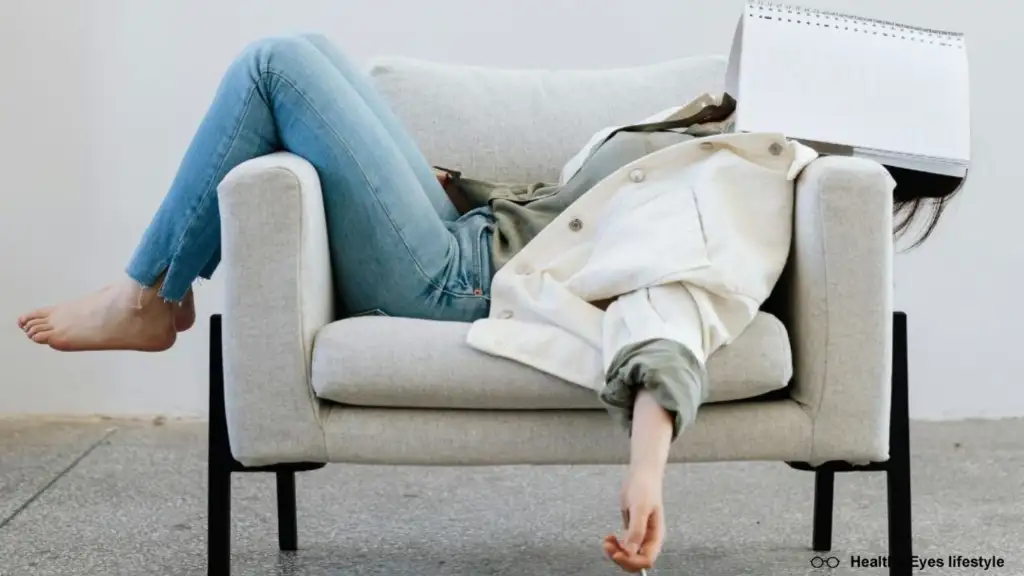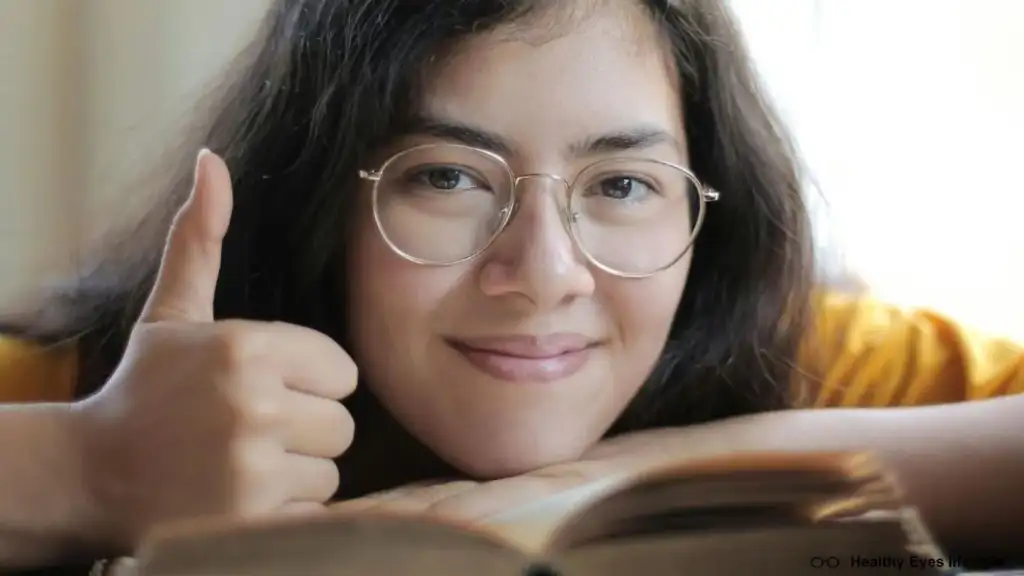Share This Article
Table of Contents
Introduction
Lazy eye primarily develops in childhood, but if left untreated, it can persist into adulthood. The condition arises when the brain and eyes don’t work together properly, often due to one eye being significantly weaker than the other.

Can Lazy Eye Be Fixed in Adults?
This Lazy eye can be caused by several factors:
| Cause of Lazy Eye | Description |
| Strabismus | Misalignment of the eyes, causing the brain to suppress the image from the misaligned eye. |
| Refractive Errors | Significant differences in vision clarity between the two eyes. |
| Cataracts | Clouding of the eye’s lens, leading to reduced vision. |
Adults can develop lazy eye if they have had undiagnosed or untreated amblyopia in their childhood, or if they suffer from one of the above issues.
Contrary to popular belief, lazy eye can be treated in adulthood. While the success rate of treatment is higher in children, many adults have reported significant improvement with the right approach. The brain remains adaptable, even in adulthood, and with consistent effort, vision can be restored or greatly improved.
Treatment for Lazy Eye
- Eye Patching Therapy Eye patching is one of the most common treatments for amblyopia. It involves covering the stronger eye with a patch for several hours a day, forcing the brain to rely on the weaker eye. For adults, patching is often done in combination with other therapies to maximize results.But it is much more effective in children.
- Vision Therapy Vision therapy is a structured program that uses eye exercises to improve coordination between the brain and eyes. These exercises are designed by optometrists or vision therapists to specifically target the areas of weakness in the eye. Regularly practicing vision therapy can significantly enhance the visual performance of the weaker eye.
- Corrective Lenses Wearing corrective lenses, such as glasses or contact lenses, can help manage refractive errors in the eye. For adults with amblyopia, special lenses known as prism glasses are often prescribed to improve focus and alignment between the eyes.
- Surgery In some cases, surgical intervention is necessary, especially if lazy eye is caused by muscle imbalances or cataracts. Strabismus surgery can correct the alignment of the eyes, allowing them to work together more effectively.
- Occlusion Therapy Occlusion therapy, similar to patching, involves covering the dominant eye with an occlusive lens instead of a patch. This can help reduce the discomfort that some adults experience with traditional patches.
There are many cases of lazy eye in adults that have been solved or improved thanks to the combination of different techniques. Each eye is a world, we must take into account that not all eyes are the same and each body is different and will react in a different way. It should also be said that there are cases in which the improvement has been very low. The success will depend on each case.
Benefits of Treating Lazy Eye in Adults
Treating lazy eye in adults can have a significant impact on both physical and mental health. The benefits of correcting amblyopia include:
| Benefit | Description |
| Improved Depth Perception | Correcting lazy eye helps restore depth perception, making it easier to perform daily tasks like driving and sports. |
| Increased Confidence | Adults with corrected vision report feeling more confident in social situations and at work. |
| Enhanced Eye Coordination | Treatment improves how the eyes work together, reducing eye strain and fatigue. |
“A child’s vision is the window through which they explore the world, shaping how they learn, grow, and experience life.”
“Clear vision in childhood is the foundation for a lifetime of seeing possibilities and achieving dreams.”

How to Fix Lazy Eye in Adults: Step-by-Step
- Consult an Eye Specialist The first step in fixing lazy eye is consulting an eye specialist, such as an optometrist or ophthalmologist. They will conduct a thorough examination and provide a diagnosis. This is crucial to determining the best course of treatment.
- Begin Patching or Occlusion Therapy If eye patching or occlusion therapy is recommended, it is essential to follow the prescribed routine. Consistency is key to seeing improvements. Most adults need to wear the patch for several hours a day for a few weeks or months, depending on the severity of the condition.
- Incorporate Vision Therapy Vision therapy, when combined with patching, can produce faster results. Exercises such as pencil pushups, focusing on near and far objects, and computer-based visual games are often used to strengthen the weaker eye.
- Use Corrective Lenses If refractive errors are part of the problem, wearing corrective lenses is necessary. Ensure that you wear your glasses or contacts as prescribed. Some adults with amblyopia might need to update their prescription frequently as their vision improves.
- Surgical Consideration For adults with severe lazy eye caused by eye misalignment, surgery may be considered as a last resort. However, surgery is typically followed by other therapies, like patching or vision therapy, to maintain the progress made during the operation.
Lifestyle Changes to Support Lazy Eye Treatment
Fixing lazy eye isn’t just about medical intervention. Making lifestyle adjustments can also help improve your eye health.
- Limit Screen Time: Excessive screen time can strain your eyes and hinder the progress of your treatment. Be sure to take regular breaks to reduce eye fatigue.
- Healthy Diet: Nutrients like vitamin A, omega-3 fatty acids, and antioxidants play a crucial role in maintaining eye health. Foods like carrots, leafy greens, fish, and nuts are excellent for supporting your vision.
- Stay Consistent: Whether you’re undergoing patching, vision therapy, or using corrective lenses, it’s important to stay consistent with your treatment. Skipping therapy or patching sessions can slow down progress.

Success Stories: Adults Who Have Improved Their Lazy Eye
Many adults have successfully improved their vision with persistence and the right treatment plan. For example, a 35-year-old woman who suffered from strabismus and amblyopia as a child but never received treatment until adulthood reported significant vision improvement after six months of patching and vision therapy.
Another case involved a 42-year-old man who underwent corrective surgery followed by vision therapy. He went from having extremely limited vision in his left eye to achieving almost normal vision over the course of a year. These success stories emphasize the importance of not giving up on treatment, regardless of age.
Conclusion
Fixing lazy eye in adults is entirely possible with the right treatment and persistence. Whether through eye patching, vision therapy, corrective lenses, or surgery, improvements can be seen at any age. The key to success is consistency and a willingness to engage in the recommended therapies.
By understanding the causes and treatment options, making lifestyle changes, and following through with prescribed treatments, adults can significantly enhance their vision and improve their quality of life. So, if you’re struggling with lazy eye, know that it’s never too late to start treatment and reclaim your vision.
FAQs
- Can lazy eye be treated in adults?
Yes, it is possible to treat lazy eye in adults. While it’s true that the earlier the treatment, the better, adults can still benefit from therapies and corrective measures.
- How long does it take to fix lazy eye in adults?
Treatment time can vary depending on the severity of the condition. Some individuals may see improvements in a few months, while others might need more extended treatment, especially if surgery is required.
- Is surgery necessary for lazy eye?
Surgery is not always necessary and is usually considered only when other therapies have failed or if the condition is severe. Most cases can be managed with patching, vision therapy, and corrective lenses.



